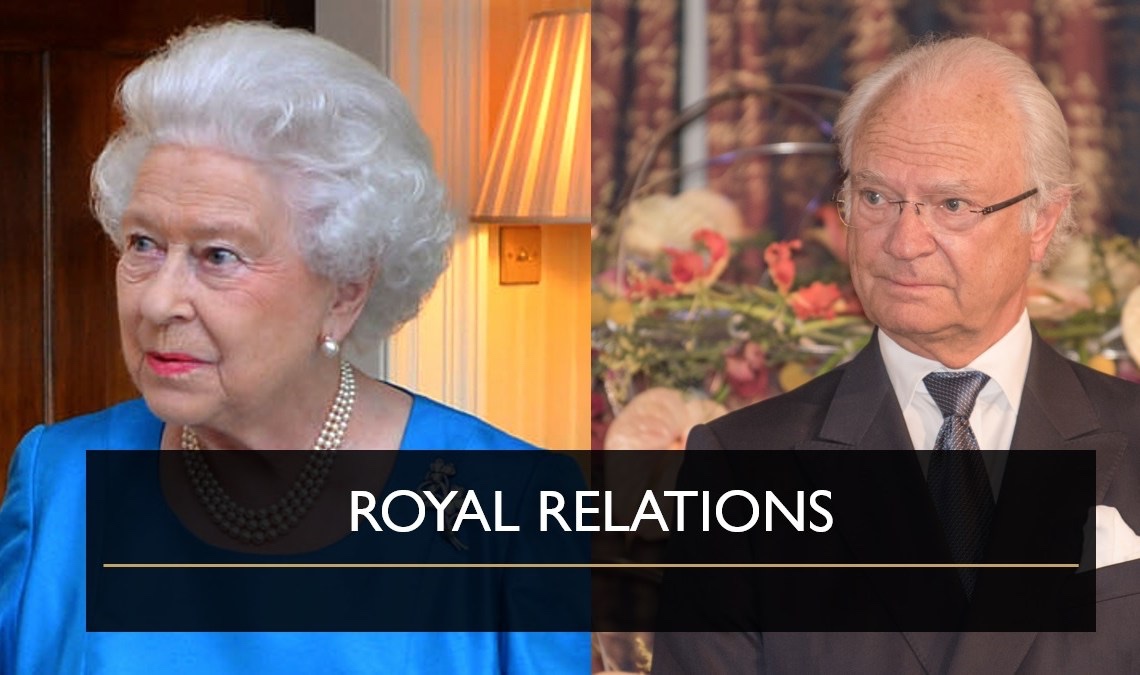
Tomorrow, 30 April, is Walpurgis Eve, called Valborgsmässoafton in Swedish. The name Walpurgis is taken from the eighth-century Saint Walburga, and in Sweden this day marks the arrival of spring.
On this evening, Swedes normally gather to celebrate together. The forms of celebration vary in different parts of the country and between different cities. Essential celebrations include lighting a large bonfire, listing to choirs singing traditional spring songs and a speech to honour the arrival of the spring season.
Walpurgis bonfires are an impressive thing to see and are part of a Swedish tradition dating back to the early 18th century. At Walpurgis, cattle was put out to graze and bonfires lit to scare away predators.
This year however is very different from normal, thanks to Covid-19. Official celebrations have been cancelled and informal gatherings have been banned. Some of the official celebrations are being still carried out, without large groups of revellers, and are being broadcast via social media. This is a great opportunity for anyone to participate in a bit of classic Swedish culture and tradition.
If you are interested in witnessing this, go to http://www.confidencen.se/kalendarium
This is the site for events at Ulriksdal’s Palace. They will live stream their Walpurgis event tomorrow at 7pm. (Valborgsmässokonsert). The youtube link will be put up on this site just before 7.
I fully intend to watch it. Hope to see you there!









